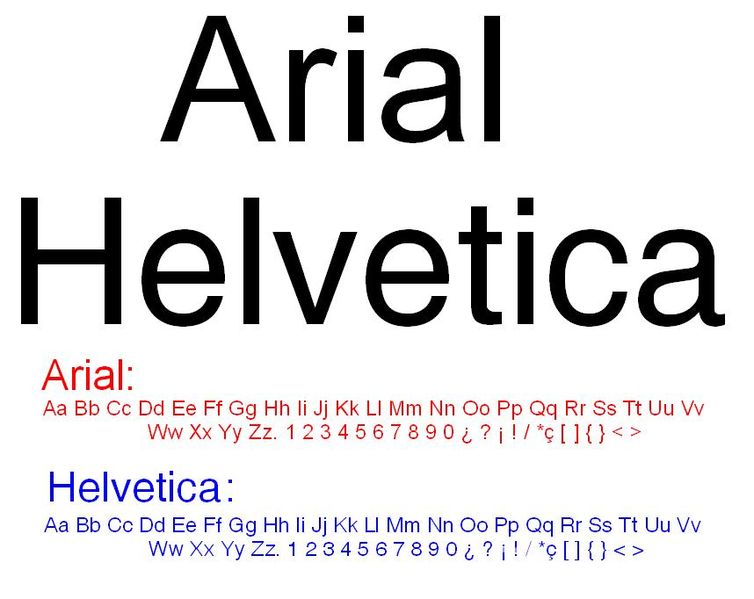Type is physical production of printed matter and this has impacted on how they are used. Type is words turned into physical form, then letterform is given a sound which means there is a common understanding of agreed communication as type is embedded in to how we see the world.
We are currently in a 'post-digital' age of type,
Bauhaus was the joining together of all disciplines, local industries were new technologies and it was the first time all disciplines were all working alongside each other. FORM FOLLOWS FUNCTION- is the key principle of what we look at in terms of modernism. This was the first time promotion was used as visual communication and the first time the industrial age had a visual outcome. There had to be a common ground and it was available through type communicating out to industry for the first time- this led to graphic design.
PRE-MODERN= the way it's always been
MODERN= post war, why does it have to be disturbed?
POST-MODERN= systematic and pragmatic development
1957 was the next point in when something significant happened, Max Medinger created Helvetica, "Miedinger set out to design a new sans-serif
typeface that could compete with the successful
Akzidenz-Grotesk in the Swiss market. Originally
called Neue Haas Grotesk, its design was based
on Schelter-Grotesk and Haas' Normal Grotesk.
The aim of the new design was to create a neutral
typeface that had great clarity, no intrinsic
meaning in its form, and could be used on a wide
variety of signage." Helvetica was designed for mass communication, mass delivery and production. Function drives the form and this was the benchmark of modernist type. However, 25 years later Microsoft released Arial because it is the maximum time that a design is protected by intellectual property before it lapses and Microsoft did the bare minimum to modify Helvetica.
In 1990, there was a seminal shift in what we know today about type. Steve Jobs created the first Mac classic, which gave designers the opportunity to produce their work on something, it freed up the individual. Also in 1990, Tim Berners-Lee invented the world wide web, for free. To this day, he does not want to profit from this and turns down any money he may get including his profit for his London 2012 appearance.
The relationship between spoken and type is in a flux, this is due to the development of the digital age. Letters are now being replaced with emojis which is taking us back to the ancient letterforms, this works because it is understood by everyone and there is a common understanding of it. ANYTHING can be a typeface, language is fluid and in a state of flux. Community is now online, global and multi-cultural.
POSTMODERNISM- type has rules but we can change and develop them, it is complexity, contradiction, dystopian/non utopian/deals with the world on its own terms and appropriation.


No comments:
Post a Comment